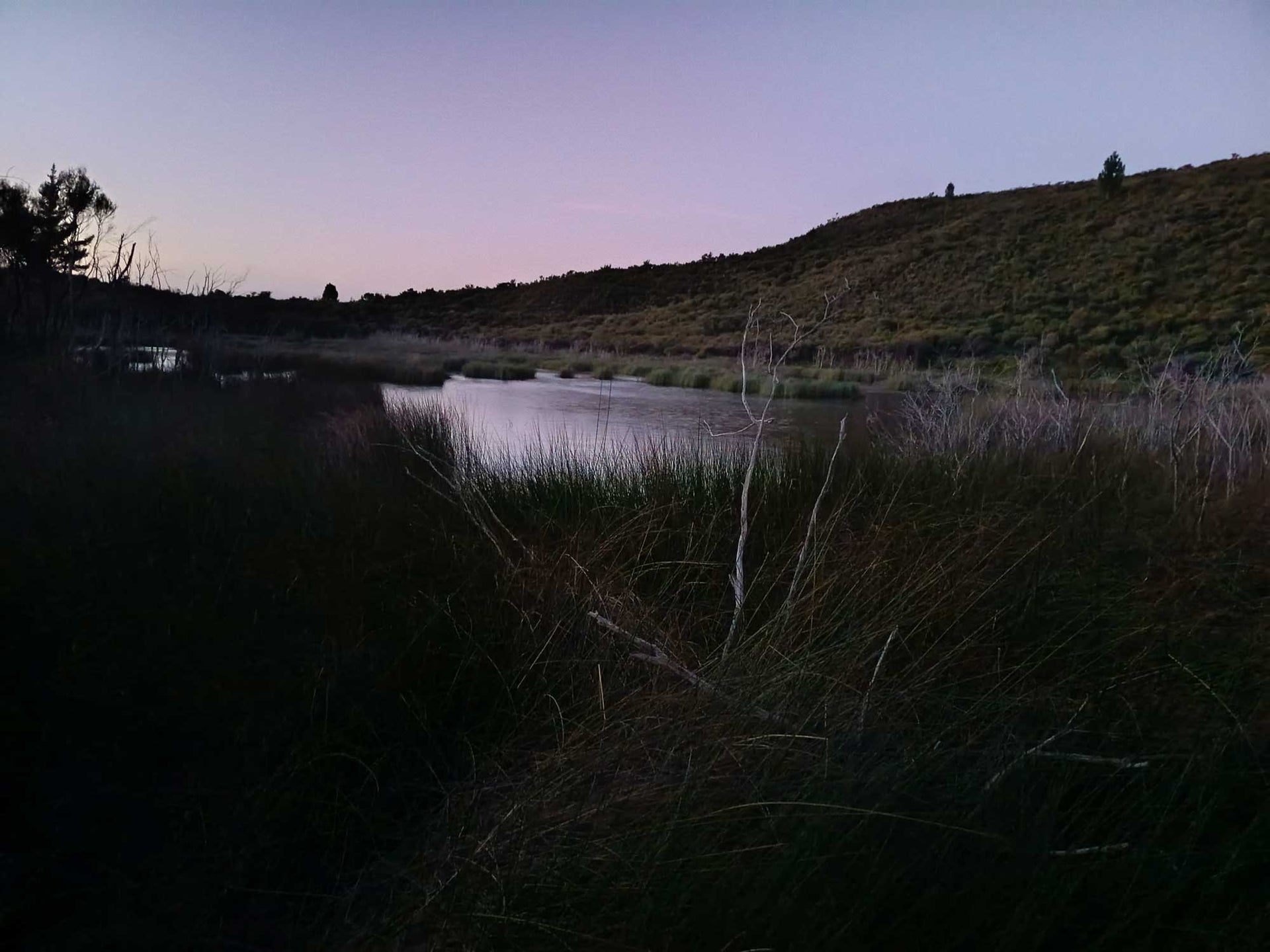
6 Rimu trees planted in an evening gale
It is evening, the south west gale is whistling and ruffling the water surface on the small lake behind my house. I am planting six Rimu trees tonight in the moist soil behind the lake. Snow is sweeping the lower South Island and I can feel the cool edge in the wind.
Dacrydium cupressinum, commonly known as Rimu, is a large, slow-growing conifer native to Aotearoa New Zealand. It belongs to the Podocarpaceae family and is typically found in lowland and montane forest ecosystems. Mature specimens may reach up to 35 metres in height and are characterised by drooping branchlets and small, scale-like leaves arranged in flat rows. Rimu is dioecious: male and female reproductive structures are borne on separate trees. The female cones develop into swollen red arils, which serve as a food source for native birds such as the kererū.
The planting of one Rimu tree for each jewellery item sold may be interpreted as a gesture toward ecological restoration and long-term forest regeneration. It could also be seen as a response to the pressures of climate change and biodiversity loss, using a native keystone species to support the reestablishment of balanced ecosystems.

